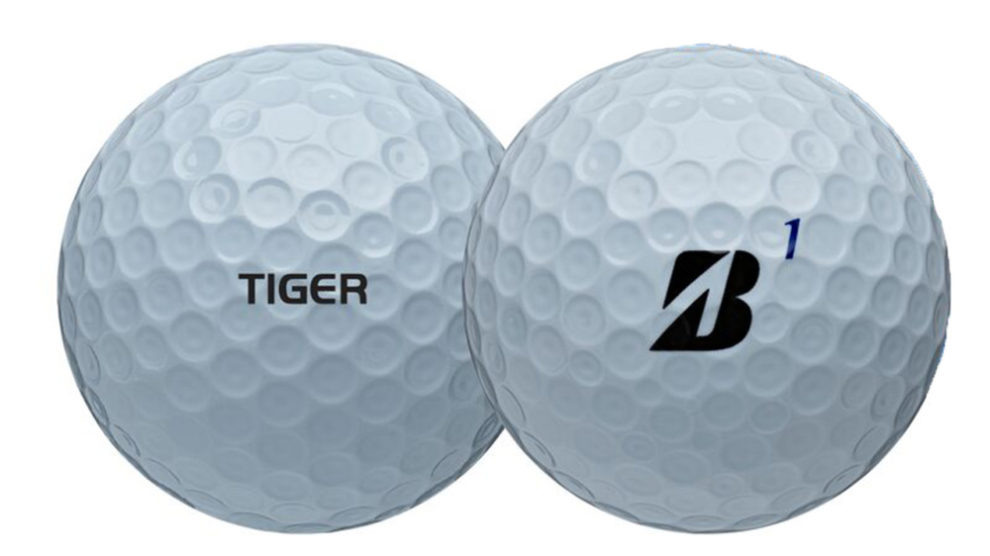In golf, there are certain things golfers take for granted. The golf ball is 1.68 inches wide. The golf hole is 4.25 inches wide. We know about how far a golf hole should be to be considered a par 3, par 4 or par 5.
We also take for granted that golf balls have numbers of them. It's just an accepted part of golf equipment. Not many people think about why golf balls have numbers on them, or how that all came about in the first place.
Whether you're a long-time golfer who never thought about it, or you're a new golfer who's genuinely curious, we're here to explain why golf balls have numbers on them.
Why golf balls have numbers on them
Golf balls have numbers on them, quite simply, as a way of making it easier for golfers to identify their golf ball when they play. Back when there were fewer types of golf balls, and their markings weren't as differentiated, it was difficult for golfers to figure out which ball was theirs. They do look a lot alike, and a lot of golfers were playing the same ball.
By adding numbers to golf balls, players would have another way of knowing a ball they stumbled upon was theirs.
Nowadays, there are hundreds of different golf ball models out there. Despite that, there are still a handful to a dozen golf ball models that are dramatically more popular than others. That means there could be several golfers in the same group playing the same type of golf ball. If their balls have a different number on them, though, there's a clear differentiation.
Which numbers are allowed on golf balls
There is no restrictions around which numbers can be printed on golf balls. Most golf ball makers will print 1, 2, 3 or 4 on golf balls. Some brands will print as high as 8. Hypothetically speaking, however, golf balls can have any number on them.
In custom orders, golf ball makers are often willing to print any two-digit number. Some golfers will pick numbers that are lucky or special to them. Perhaps it's a superstition. However, under the Rules of Golf, a player does not have to use the same number on a golf ball throughout a round.
In an effort to add another layer of differentiation, some golf ball makers will print numbers on golf balls in different colors: sometimes red, mostly black. In an older era, the color of the ball number indicated the compression: Red numbers used to represent 90 compression balls, and black numbers were to represent 100 compression balls.
Other numbers on a golf ball
Back in the day, the golf ball compression rating was printed on a ball to explain to golfers which balls are softer or firmer. For example, the Titleist Professional 90 or Titleist Professional 100 indicated the compression rating of 90 or 100.
When the Titleist Pro V1 hit the market, Titleist would publish the 392 number on a generation of the balls, indicating the number of dimples on the cover pattern. Most manufacturers no longer do this.

